Feature 9 min read
H-Power electric vehicle charging system can be deployed off-grid
Removing the need for costly grid augmentation and upgrade, AFC’s H-Power has announced the launch of its zero-emissions electric vehicle (EV) charger based on hydrogen fuel cell technology.
Hydrogen mobility is normally associated with vehicles that used said compressed gas as fuel to generate power, but British company AFC Energy is harnessing it to create fuel cells which recharge battery electric vehicles. Called the H-Power EV charger system, it will be available in three standard configurations, providing up to 100 charge points to a single site helping to bridge the growing gap between electricity need and generation capacity caused by a projected rise in EVs.
AFC Energy specialise in alkaline hydrogen fuel cell technology and it aims to be a provider of low-cost clean energy specific to electric vehicle charging. As well as being clean and efficient, their technology has been developed to be modular, scalable and easily transportable. It can be utilised outdoors or in an enclosed setting, or even containerised solving some of the logistical issues associated with electric car charging. The system is also designed to operate on-grid, off-grid, or near-grid, and can support AC and DC charging.
Discover EV was invited to the launch of its hydrogen power generation technology provider AFC Energy confirmed the successful launch of its charger system on Thursday, when it also announced its partnership with the British Motor Show 2020 as the event's official electric charging partner, to find out more.
How exactly does AFC’s H-Power EV charger work?
Fuel cells are not new; they were used to power the Apollo space missions over half a century ago. The technology is well-proven and coupled to simple ancillaries – it is reliable and requires little maintenance. It uses a 10kW HydroX-Cell(L) alkaline fuel cell, meaning the system doesn’t pull any power from the national grid. The cells charge a battery or an energy storage system, which can then supply a vehicle with electricity at the point of use.
Moreover, compared to the ultra-efficient technology found in hydrogen-powered vehicles, the fuel cells produced by AFC Energy can accept a slightly lower grade of hydrogen, so it is cheaper to produce, and those savings are passed down to the consumer and the investors. AFC Energy can also offer solar panels as part of a package to be integrated with a fuel cell and they’re looking at locations for this to be deployed, in obviously relatively sunny locations to make the most of natural resources.
The consumer will pay an operating cost of 30p/kWh (using cracked ammonia as fuel instead of CO2 and with no costly clean up or gas processing) for fast and rapid charging, which is in line with what Ecotricity charge for its Electric Highway and some 24p cheaper than Shell.
We talk to CEO Adam Bond to find out more:
AFC Energy claim that its charger is zero-emission, but what about the carbon footprint in manufacturing it?
The manufacturing of the fuel cell has no cobalt or any problematic elements in it; the bulk of what’s inside is actually made from plastics and stainless steel. The plastics are recycled and are also recyclable, and most of the electrodes are recycled and reusable, so by weight up to 80 to 90 per cent of it is recycled or used again. AFC Energy deliberately designed it like this as it helps with affordability but it helps with that carbon footprint, too. The actual system has around a 20 year life span, and within that there are fuel cell stacks obviously, and each stack lasts around four years, depending on utilisation. Once they are depleted, they are disassembled, recycled and reused.
And about the hydrogen itself, where does that come from?
AFC Energy are part of a Hydrogen Council which is a global initiative of leading energy, transport and industry companies with a vision and long-term ambition for hydrogen to further the energy transition. One of the main things we are looking at is green hydrogen produced through electrolysis, using renewable energy – so for example taking solar and creating hydrogen from the sun through electrolysis to create water, which is a zero emission hydrogen source. Countries such as Norway, Australia, and Saudi Arabia are looking at mass solar or wind projects to create zero emission, zero carbon hydrogen that can then be used locally or even shipped to places like Japan.
There are anaerobic digestion plants that create bio methane from waste, and we plan to take the hydrogen from this for our fuel cell. This is the idea of taking a waste product and creating hydrogen from it, using that to power our fuel cell, which for instance, can power 1000 homes. There’s a lot of money going into producing net zero hydrogen and we are in discussions with a handful of companies who are looking to play a major part in its rollout.
That is just one market presumably?
Correct. There is green hydrogen produced in Ireland at the moment, and there’s green hydrogen produced on the continent that is shipped over here daily, so the logistics are there, but there are a number of companies, like Siemens for example, who are looking at micro green hydrogen production to allow technologies like us to operate in a completely net zero environment. From cradle to grave our chargers are a very clean and efficient way of powering an electric vehicle.
How does the performance compare to that of a traditional charger?
So if you look at it from the perspective of the car, when you recharge now, you’re not measuring it at the capacity of the National Grid, you’re looking at it from what you can pull out of the system, so we are working with Rolec Services to bring our 72 kilowatts per hour charger to market before the end of the year, which you can pull power from at whatever rate you need. If you put two of those in, you get double that, so the battery dictates the efficiency you can pull the power out of the charger. So, the question of the sizing of the fuel cell comes down to how much power you need to draw a day. Today, where there might be twenty utilisations of the charge point you don’t need the power available to equal the power consumed, you can use less which trickle feeds into the battery. We can then grow with the demand as it increases.
So if you compared your unit today to a rapid charger at a BP Chargemaster for example, would it take longer to charge your car?
The challenge is that most of those rapid chargers have a battery associated with them and they take power from the grid, so the pace that you can charge the battery is very much dictated by the grid, so if you have 3kW going into the battery and you have a Tesla pulling 90kW out there’s a differential. Whereas what we are offering is that we can meet the demand of the Tesla through our fuel cell without utilising a slow and outdated grid. It should mean fewer batteries are required and it reduces the need to update the outdated grid, so if you look at it as a whole it’s addressing the issue at hand. We are speaking to a number of companies who produce rapid chargers who have identified us as a solution to their problem.
Discover EV's take
Some motoring experts have warned of a potential surge in EV sales in the UK leading to widespread power cuts and the national grid unable to cope with demand and that the technology generating the power needs to be upgraded.
The 2017 Future Energy Scenarios (FES)analysis issued by the National Grid argues that while millions of motorists may all need to charge their electric vehicles requiring – theoretically – lots of new power stations to meet this surge in demand, it’s also worth bearing in mind that better consumer engagement and advances in technology have a part to play, too.
Firstly, there is diversity of demand. People arrive home at different times and have different routines. Incentives could be offered to encourage off-peak charging and chargers smart-enabled – so they can talk to each other, helping consumers and potential service providers to manage demand in the most effective way. Energy storage systems could also offer benefits to both consumers and the wider energy system and even avoid network reinforcement in the future.
The thing is no one knows how much battery technology will have progressed over the next few decades. Certainly, motorists will expect electric vehicles to be capable of broadly the same range as their existing vehicle and to juice up in the same amount of time it takes to fill up a tank of petrol or diesel.
What is certain is that rural areas, which are under-served by rapid charging points, will require work to develop a more comprehensive charging infrastructure and likewise super rapid EV charging sites will likely need some form of network reinforcement.
How do we think AFC Energy can help?
With a 2040 cut-off point for sales of petrol and diesel vehicles the UK needs to make decisions about its energy infrastructure by the mid-2020s in order to avoid network capacity constraints. It also needs to look at alternative sources of power with a low-entry cost and that can grow with demand. AFC Energy is offering a solution which can be deployed and scaled rapidly to match requirements and overcome constraints – for example in multi-user sites. As an area that’s the ideal away from home charging location – for both consumers and fleet – car parks or shopping centres could utilise AFC’s H-Power EV charger without needing to upgrade the power supply infrastructure, which may well be limited, making a saving in both cost and time.
In the long term the Grid will no doubt be the answer despite everyone’s scepticism but in the short to medium term EFC have come to the table with a transitional, zero-emission alternative that hasn’t been available before. Obviously car charging is one area where the need for change is most pressing, but it could also be deployed to supply power to work sites and remote operations, where they are reliant on diesel generators.
The bottom line is unless you own a private driveway, the public charging network can be unpredictable and impractical – any move towards a sustainable, decentralised system of EV charging should be welcomed by open arms.

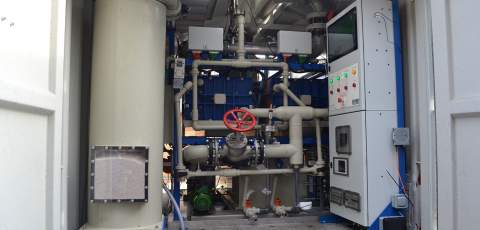
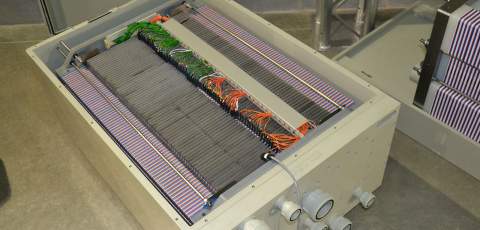
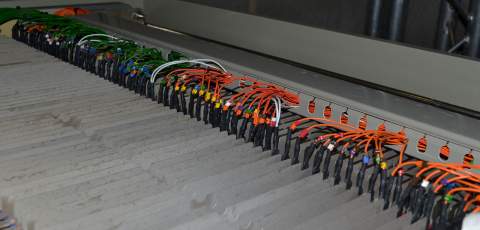
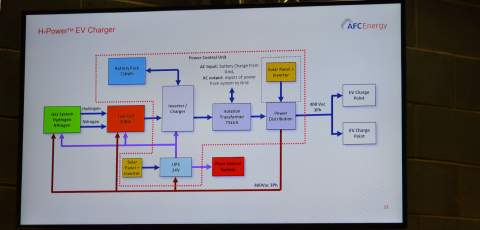
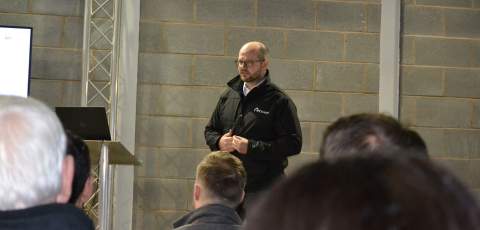
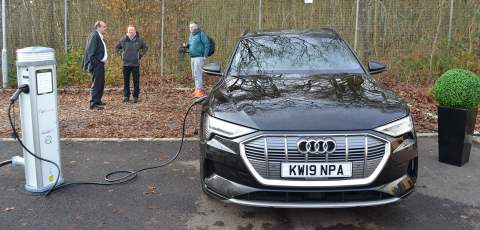

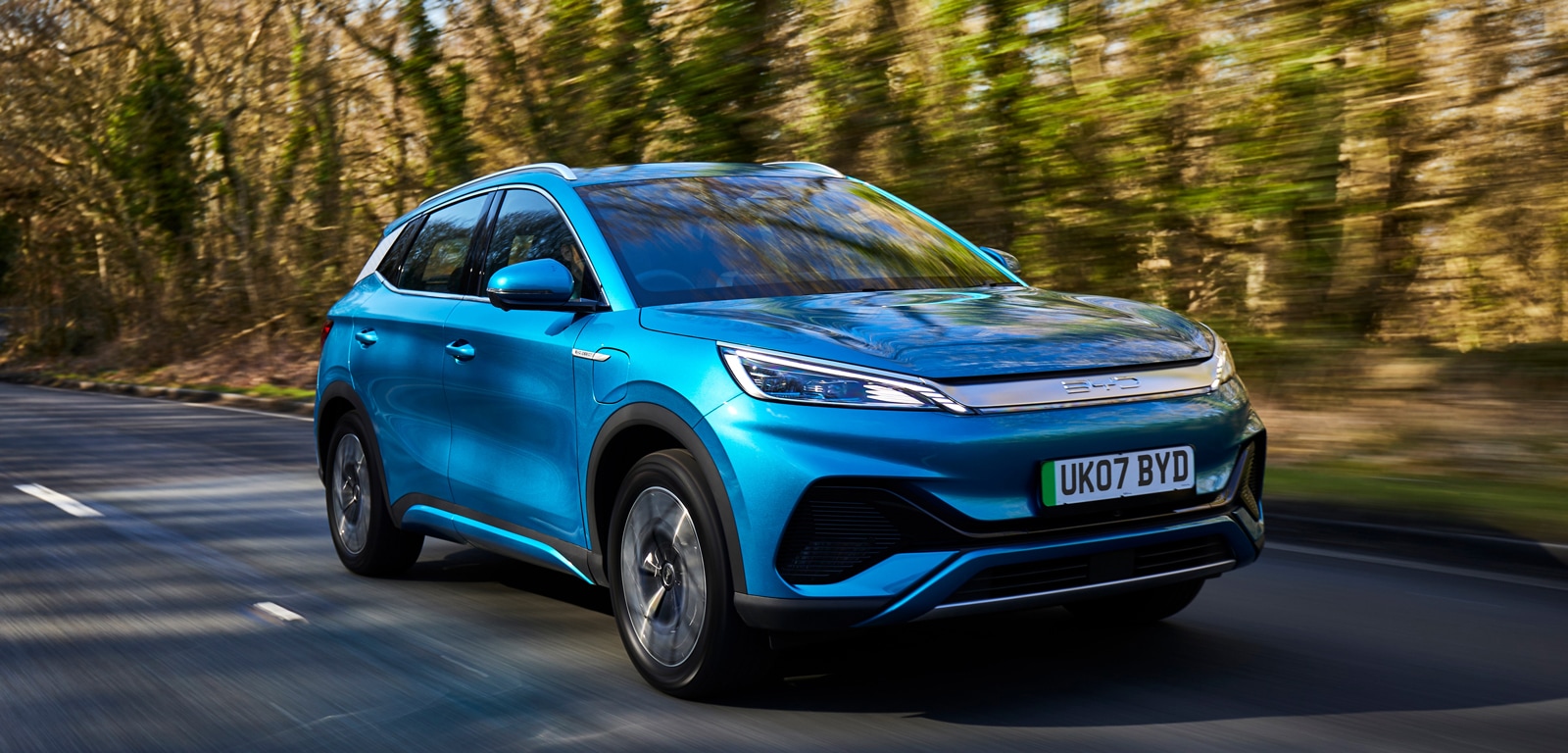
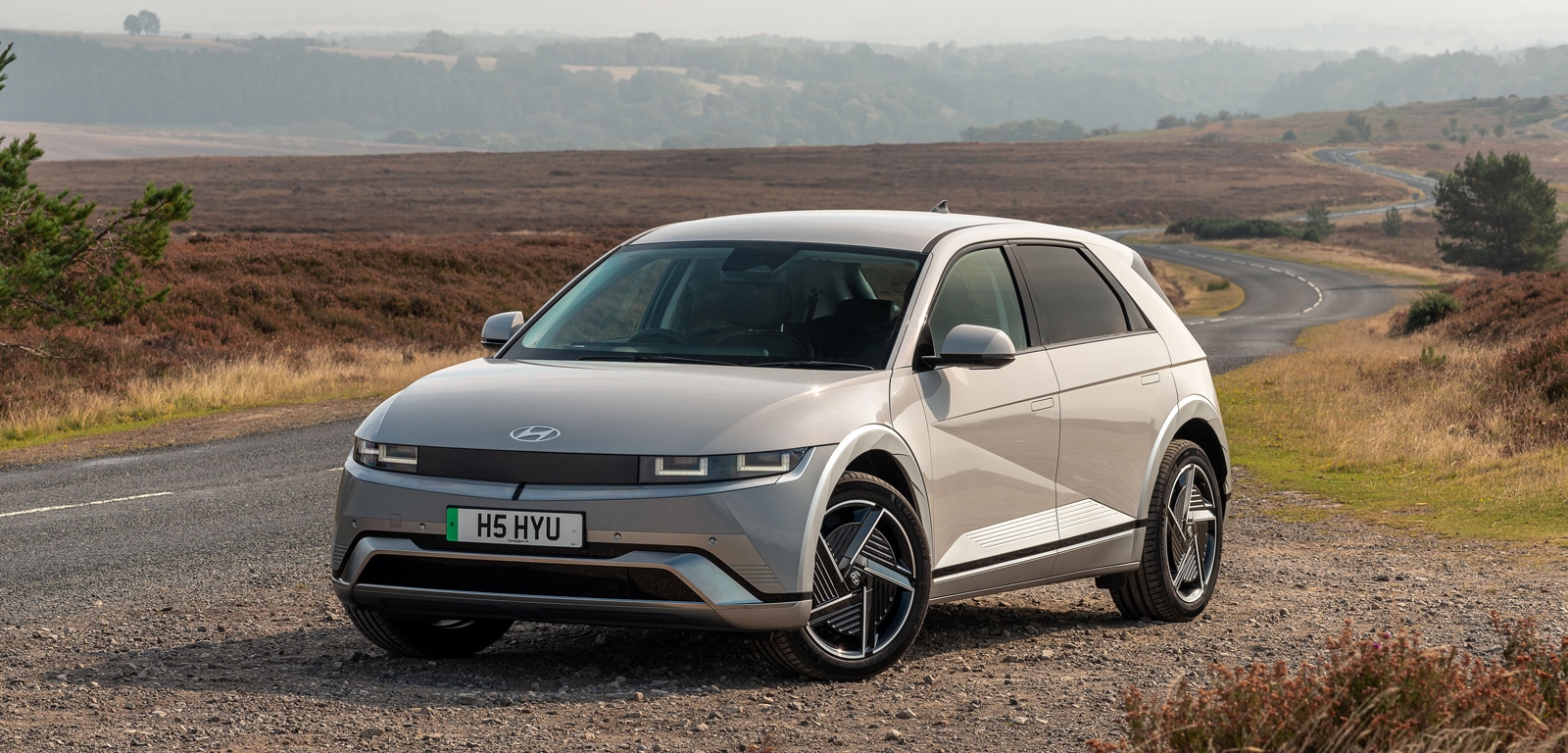
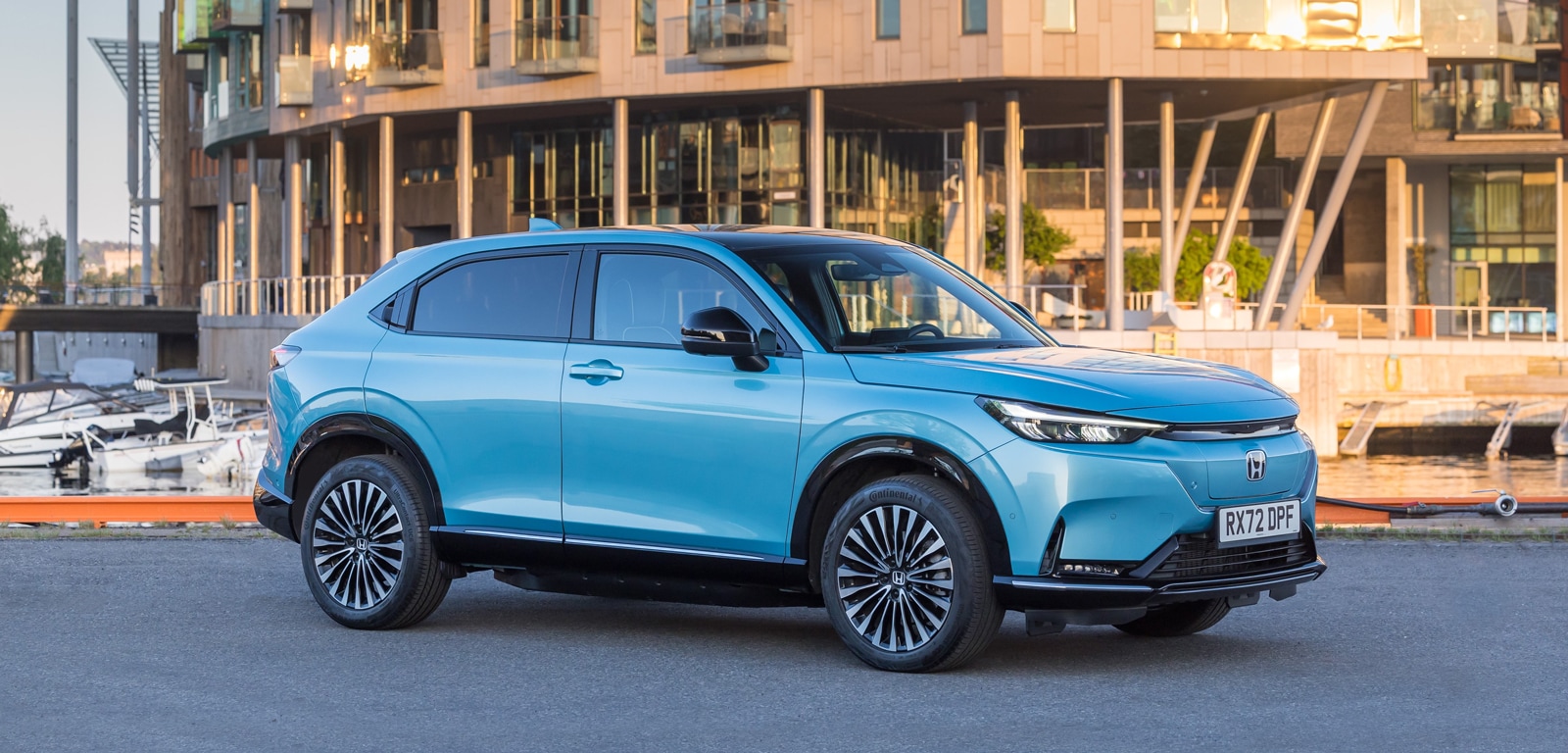
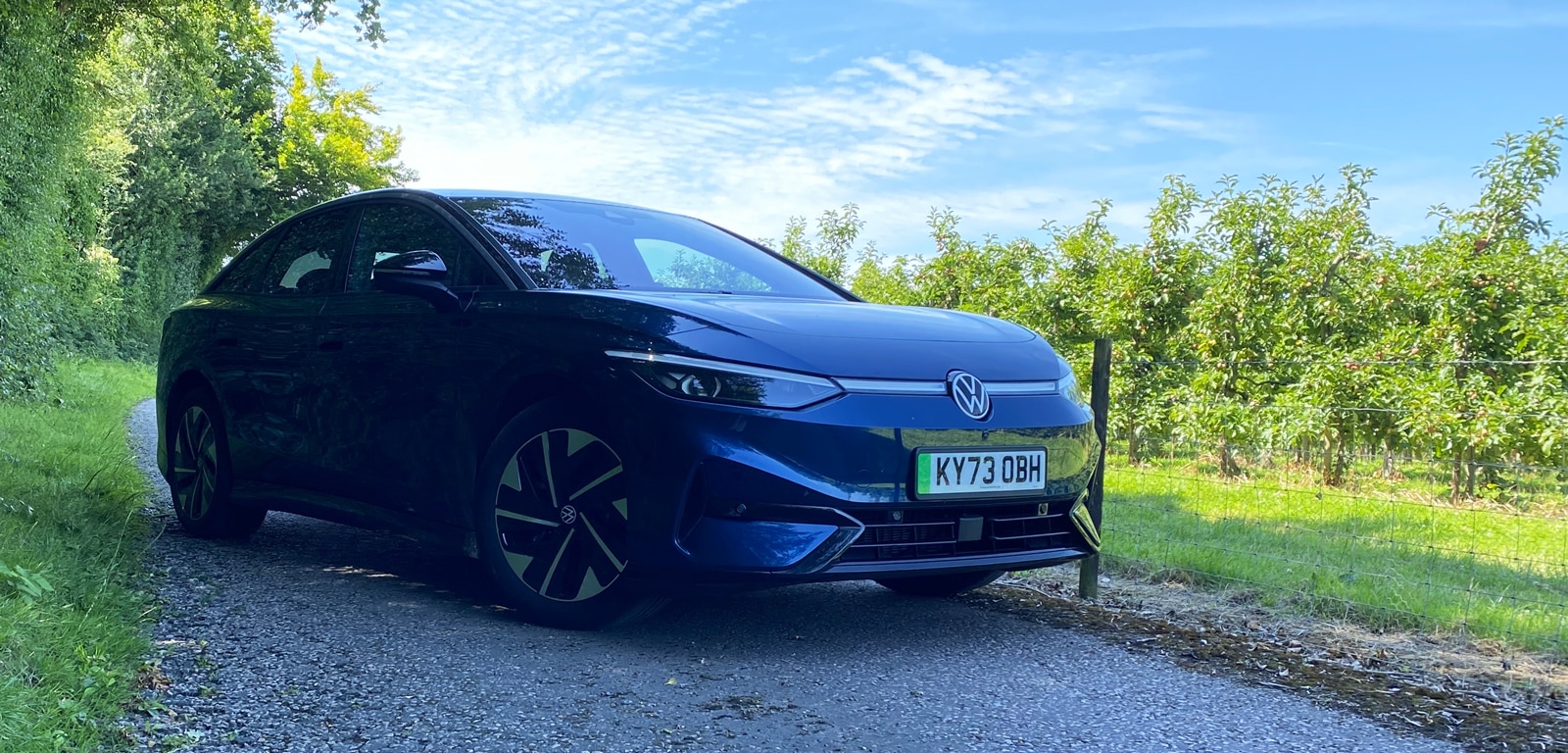
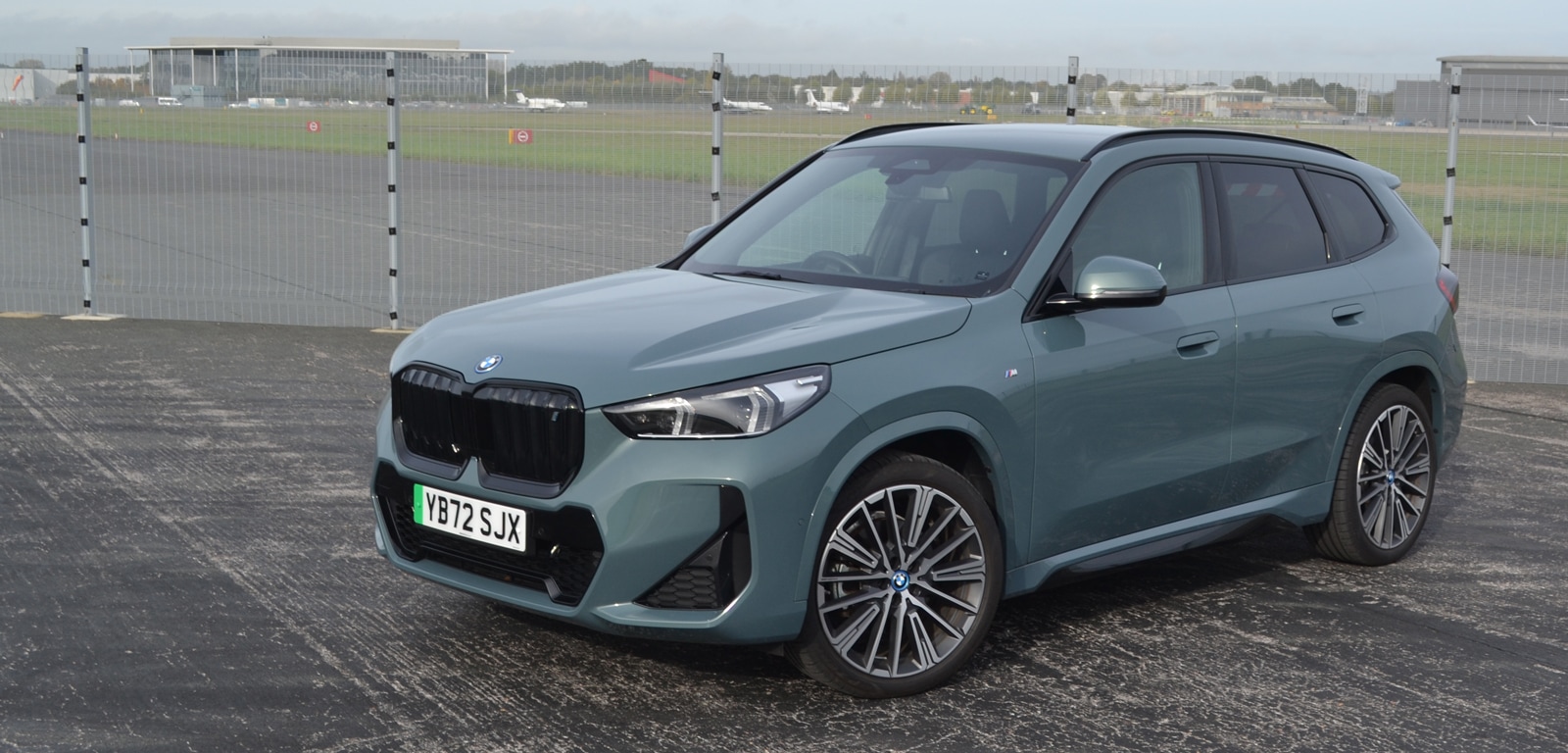


Comments (0)
Be the first to write a comment
Login/ Signup